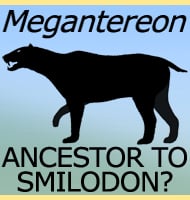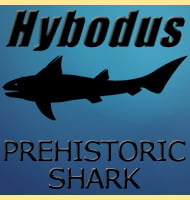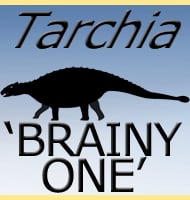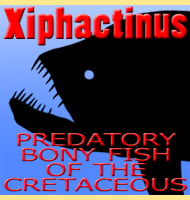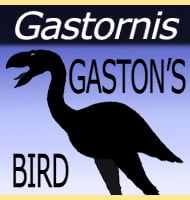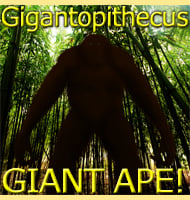In Depth
Though only known from a partial skull and jaws, Saghacetus is known to have been a dorudontine whale that was hunting in the waters of Egypt during the Eocene. Before being established as a distinct genus, fossils of Saghacetus had been described as species of Dorudon. The exact size of Saghacetus is uncertain, but the genus is thought to have been smaller than its relative Dorudon.
Further Reading
- Marine Mammals (Cetacean and Sirenia) from the Eocene of Gebel Mokattam and Fayum, Egypt: Stratigraphy, Age, and Paleoenvironments. - University of Michigan Papers on Paleontology 30:1-84. - P. D. Gingerich - 1992.


